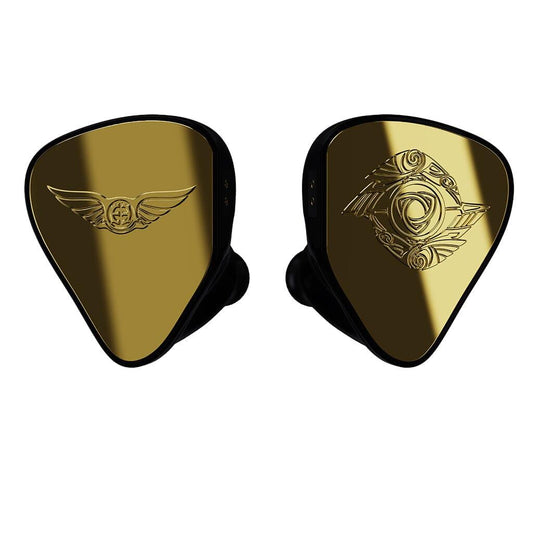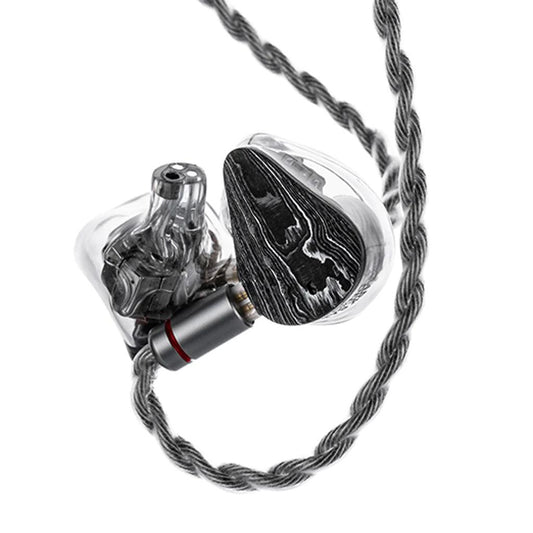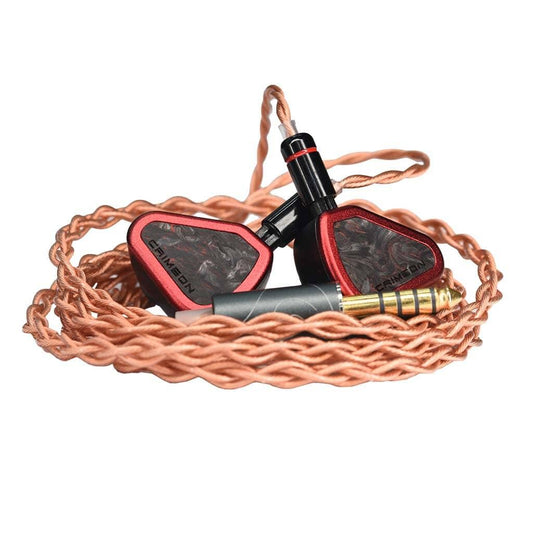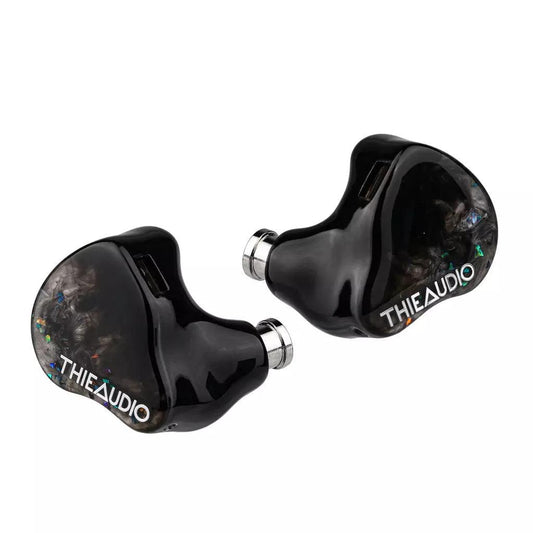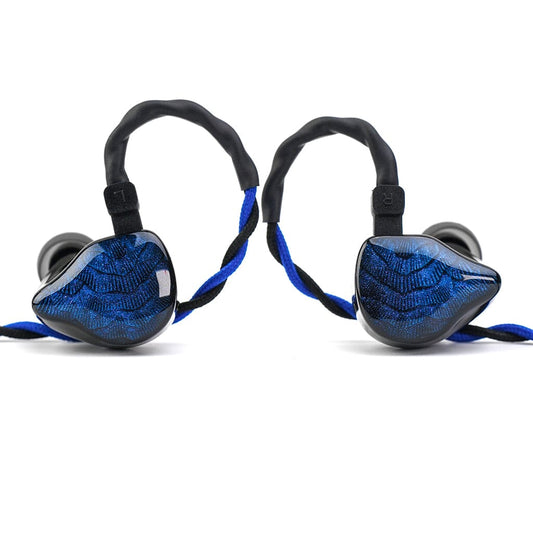CanJam SoCal 2023 - Precog's Show Report
Precog hits CanJam SoCal again. Did he hear any IEMs that caught his ear?
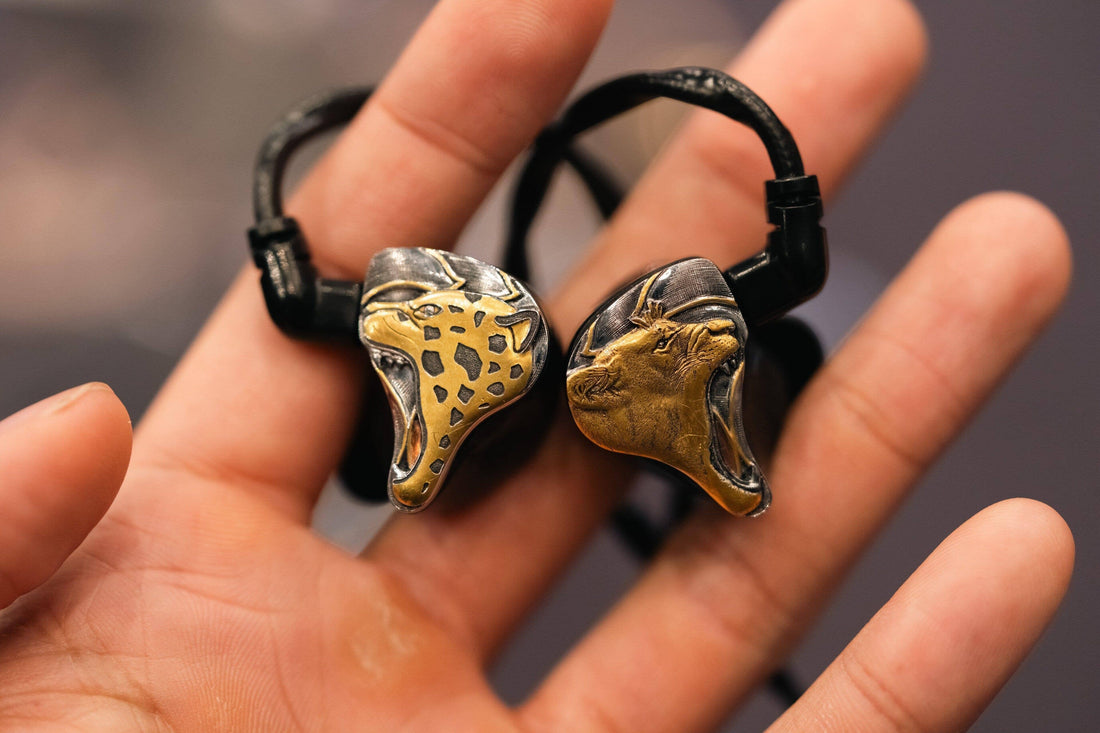
Product photography by Chitoh Yung (@chitohgraphy)
It's that time of the year again; CanJam SoCal 2023 marked my third anniversary attending the popular audio show organized by Head-Fi. Similar to last year, I brought my friend Chitoh for moral support and photography. But this time, we (thankfully) made the decision to fly in and skip the six hour drive down.

As time has passed and I’ve gotten my ears on more IEMs (400+ at this point), I need to confess that I find myself somewhat desensitized to the constant influx of new products. Instead, I find myself enjoying a lot of the activities outside of the show floor:



This show in particular will be one that I look back on fondly, from boba runs to hotpot and to other shenanigans. Bringing it back to the show floor, though, it was also the first show where I had a collaboration IEM of my own, the DUNU Mirai. One of my favorite memories was when someone gave me their impressions of the Mirai without realizing who I was! Even if it wasn't an outstanding impression, it felt rewarding to get genuine feedback from someone outside of my usual circle.
But you're mainly reading this for my listening impressions. As usual, I need to disclaim that show conditions are notoriously poor for listening. I almost don’t bother listening to headphones for this reason. This is less of an issue with IEMs, but still take my impressions with a grain of salt. For reference, my listening with IEMs is usually done off of my Apple dongle or Questyle M15 and with Azla Sedna ear tips.
Aroma Audio Fei Wan

The Wei Fan sounds good, but not great. It has something of a U-shaped signature with a strong emphasis on bass (plenty of mid-bass), relaxed upper-mids, and boosted upper-treble. This culminates in a dynamic sounding IEM with surprisingly good detail. As expected, the problem is that the Wei Fan’s tuning execution could use some work. The lower-midrange is too bloated and the treble has an overly feathery tactility. I feel like this IEM shares some similarities to the Elysian Annihilator (it could just be the gold shells talking); in any case, I found myself a lot more impressed with the Annihilator after doing some A/B.
Campfire Audio
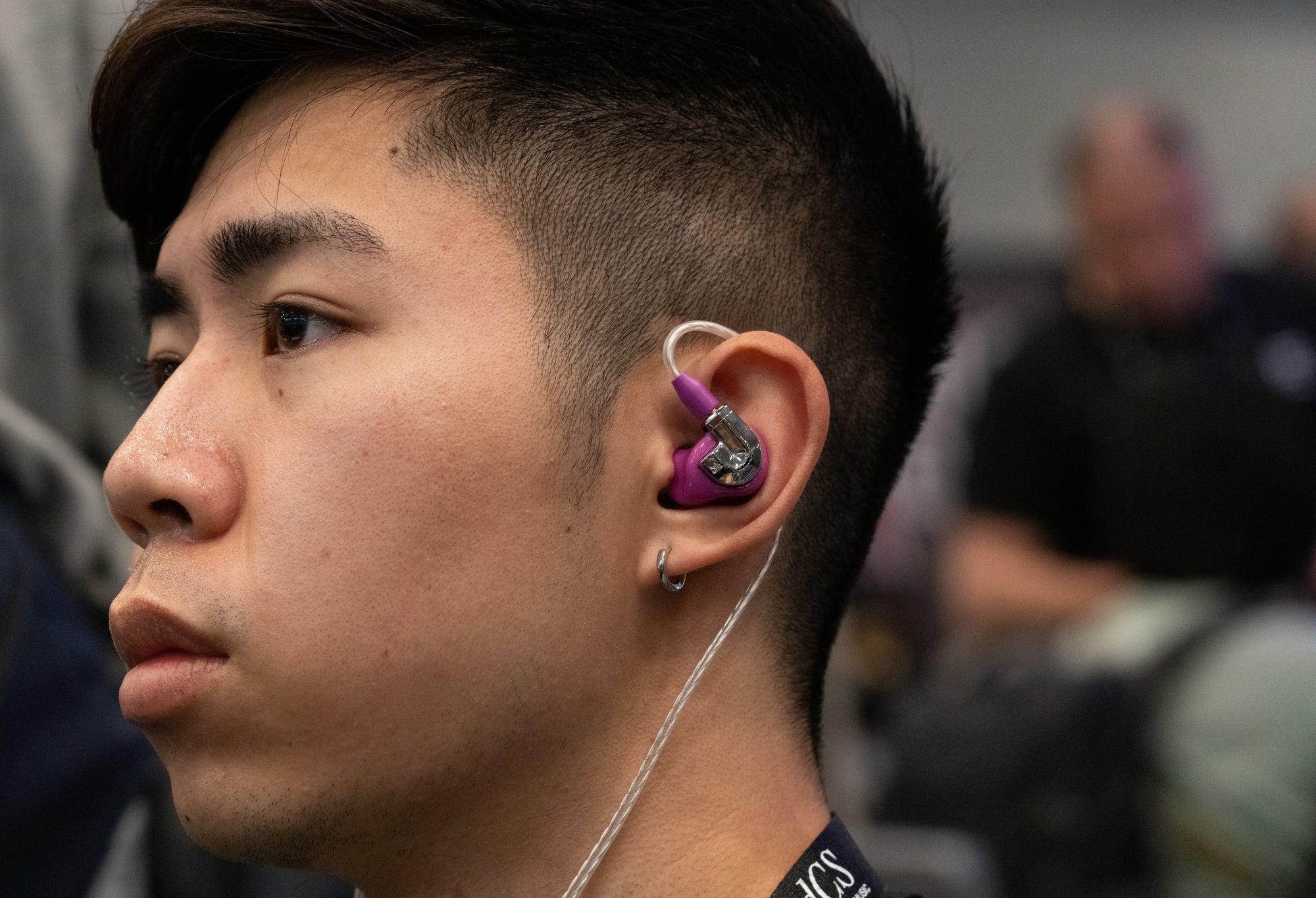
At this show, CFA was showcasing several new IEMs where listeners can choose between a CIEM/universal version and a couple colors. The first one I heard, the Cascara, was very mid-bassy with an odd pinna gain. There was also a noticeable amount of roll-off up top which lent to a muffled presentation. The Ponderosa followed this trend with even more of a “I’m listening to sound behind a wall” presentation (likely owing to less treble extension). The Bonneville was the most normal sounding of this new trio even if it definitely still had some quirks that were hard to listen to. I can’t really call out an individual quirk (the still muffled upper-mids, the mid-treble peak, or the bass?) but it basically stole the show by comparison to its brothers.
DUNU Glacier
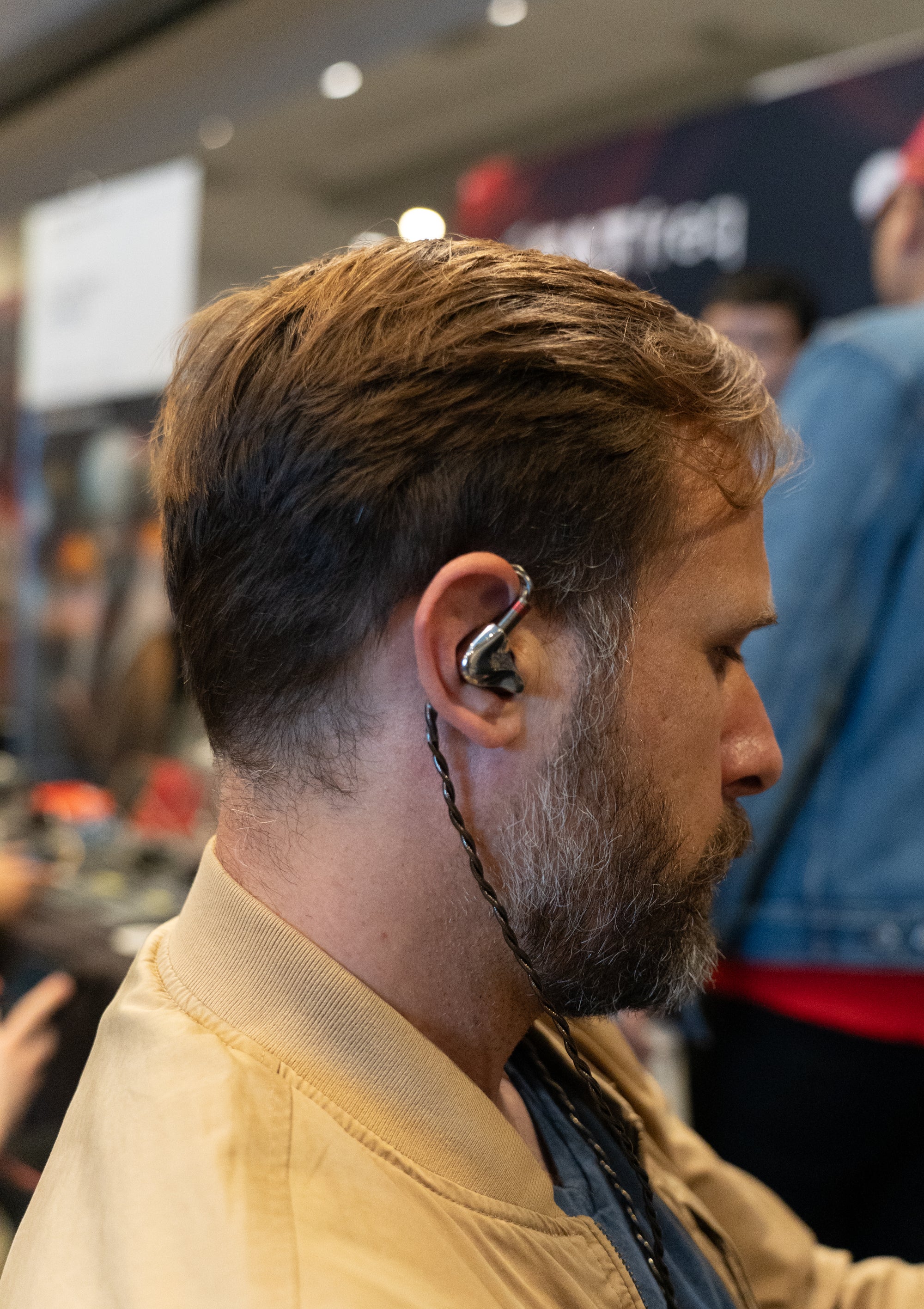
I did not expect to like this one as much as I did. The Glacier has a U-shaped sound signature with an emphasis on bass. Speaking of which, the bass response on this IEM was fantastic: it had plenty of texture and bounce to it while staying reasonably controlled. The upper-midrange of the Glacier was more relaxed, and then it had something of a mid and upper-treble emphasis. I think that the treble response here might be a bit too forward for some listeners; however, this culminated in a dynamic presentation with plenty of technical performance. Overall, I think that the Glacier was one of the most pleasant surprises of CanJam for me.
Empire Ears Raven

The Raven is a very interesting IEM in that it has a number of quirks to its frequency response but not in an unpleasant manner. In typical Empire Ears fashion, the Raven has an elevated bass response that is mostly sub-bass with a kick of presence in the mid-bass. The midrange is notched at 2kHz for the pinna compensation and drops shortly after. Then there is a series of peaks, at a similar amplitude, from 5-20kHz. The result? A highly colored yet expensive sounding presentation. Expensive in the sense that the Raven’s sense of imaging, resolution, and dynamics are all excellent. But the high degree of contrast between each frequency band also makes the Raven seem somewhat disjointed.
Fatfreq Scarlet Mini

If the Maestro Mini was neutral with bass boost cranked up to 11, then the Scarlet Mini is neutral with bass boost cranked to about 20. The bass boost on the Scarlet Mini is probably ~25dB and almost entirely under 400Hz. What does this mean? Well, it basically means that you’ve just stepped into the club every time you start listening to the Scarlet Mini. The amount of bass on the Scarlet Mini is honestly too much for most tracks, but I can say it definitely has its niche. In typical Fatfreq fashion, the midrange and the treble of the Scarlet Mini is fairly neutral (minus what sounds like some peaking in the upper-treble).
FlipEars Zurq
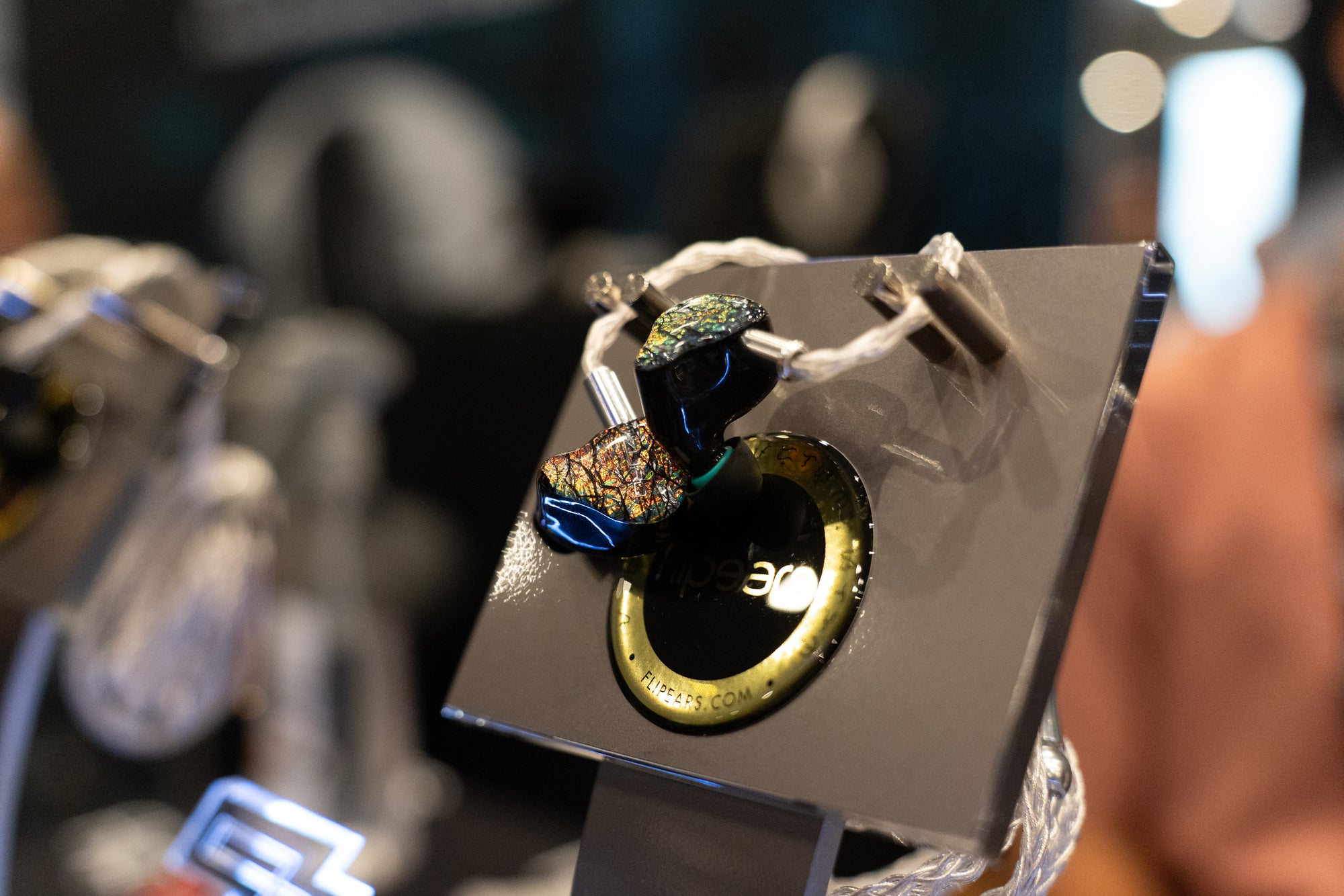
The Zurq was one of the better IEMs (at least for my preferences) that I heard at FlipEar’s booth. The Zurq has something of a U-shaped tuning with some extra mid-bass. The extra mid-bass makes the dynamic driver being used pretty obvious. The upper-treble of the Zurq is also quite tizzy and pronounced; overall, this leads to a sense of the dynamic driver and electrostatic drivers not being the most coherent. I felt this might have been exacerbated by the lower-midrange being dipped somewhere, possibly around 1kHz. That being said, the Zurq was a pretty fun listen even if the execution could use some work in my opinion.
LETSHUOER DZ4
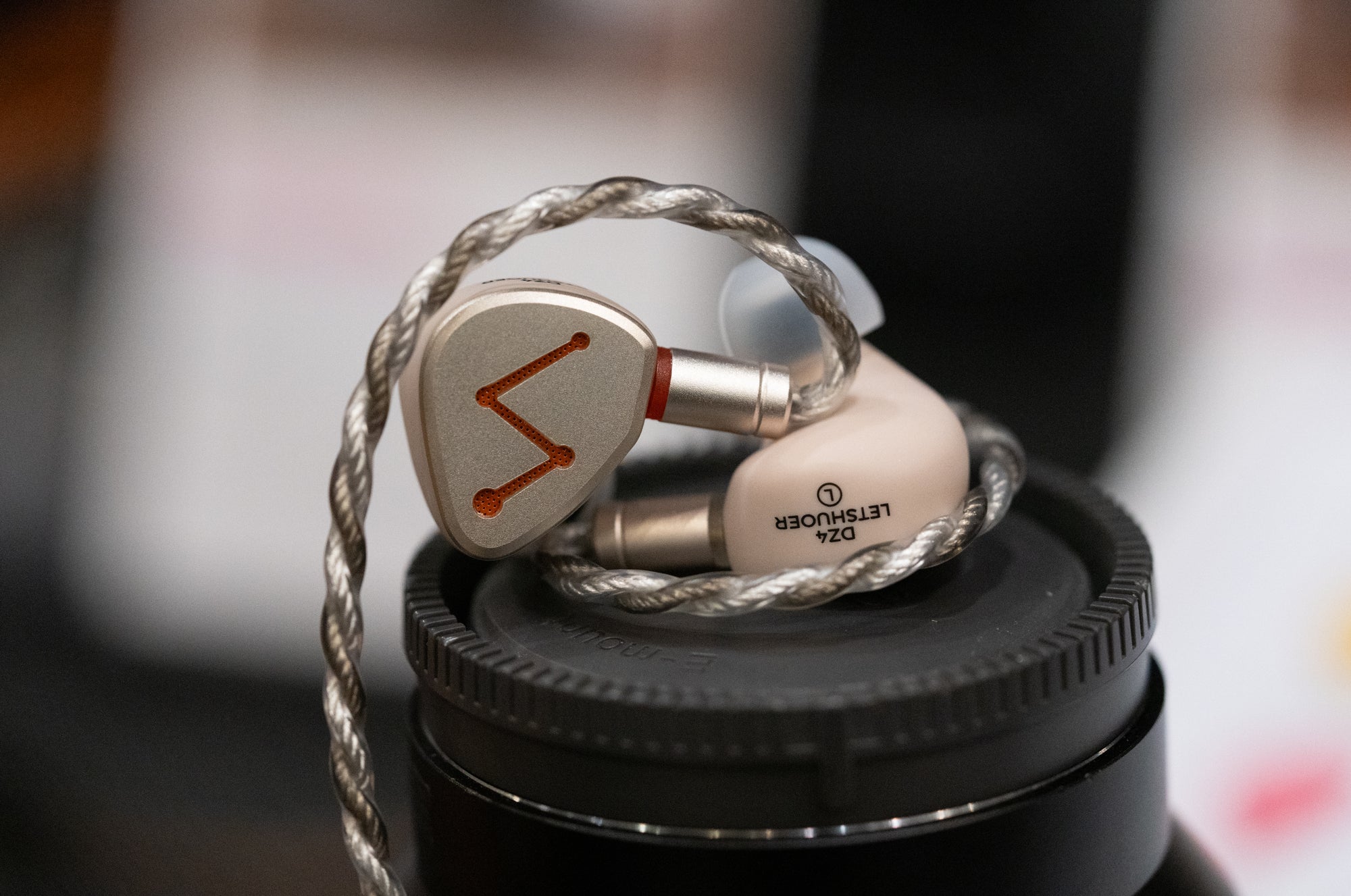
This sounded pretty decent for someone looking for a DD IEM with a technical focus. It sounds a lot like most of the single DDs on the market, but with a little less bass and more upper-midrange presence. Nothing really wrong with this for $80 even if it’s entering a pretty saturated spot in the market.
Moondrop Dark Saber
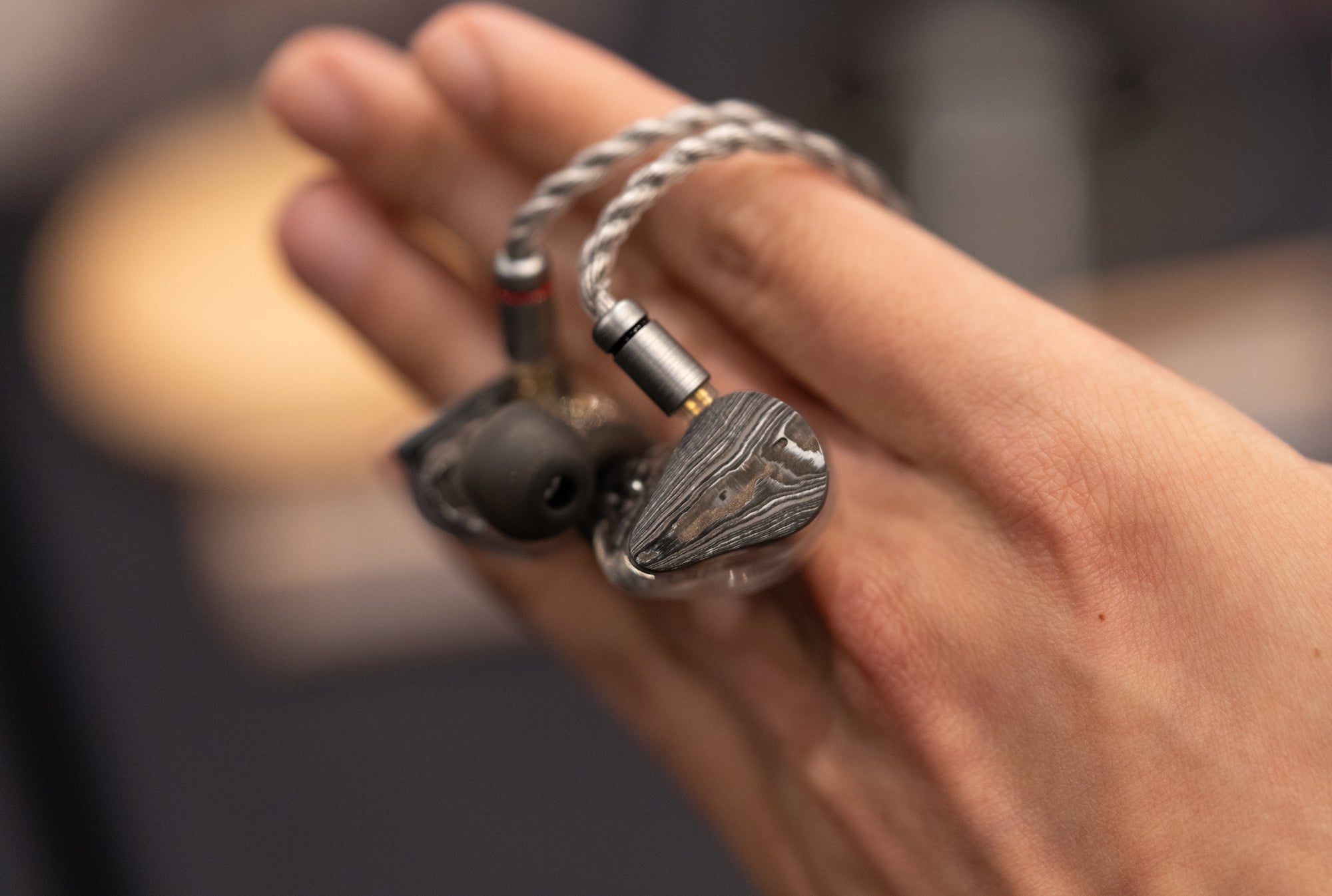
I heard this at Shenzhen Audio’s booth. At $800, the Dark Saber slots in as one of the more expensive IEMs in Moondrop’s lineup and I was curious to see if it’d follow the (not so good) trend of Moondrop’s other flagship IEMs. But the Dark Saber is pretty good if not a little boring. The best way of describing it is as a warmer alternative to the Moondrop Variations. It has a smoother bass shelf without the 200Hz depression, a slightly warmer midrange, and a similar treble response to the Variations. The Dark Saber is a very balanced set that doesn’t really make any mistakes; however, you’d best look elsewhere if you want a more colored, creative sound.
Nightjar Singularity & Doublarity
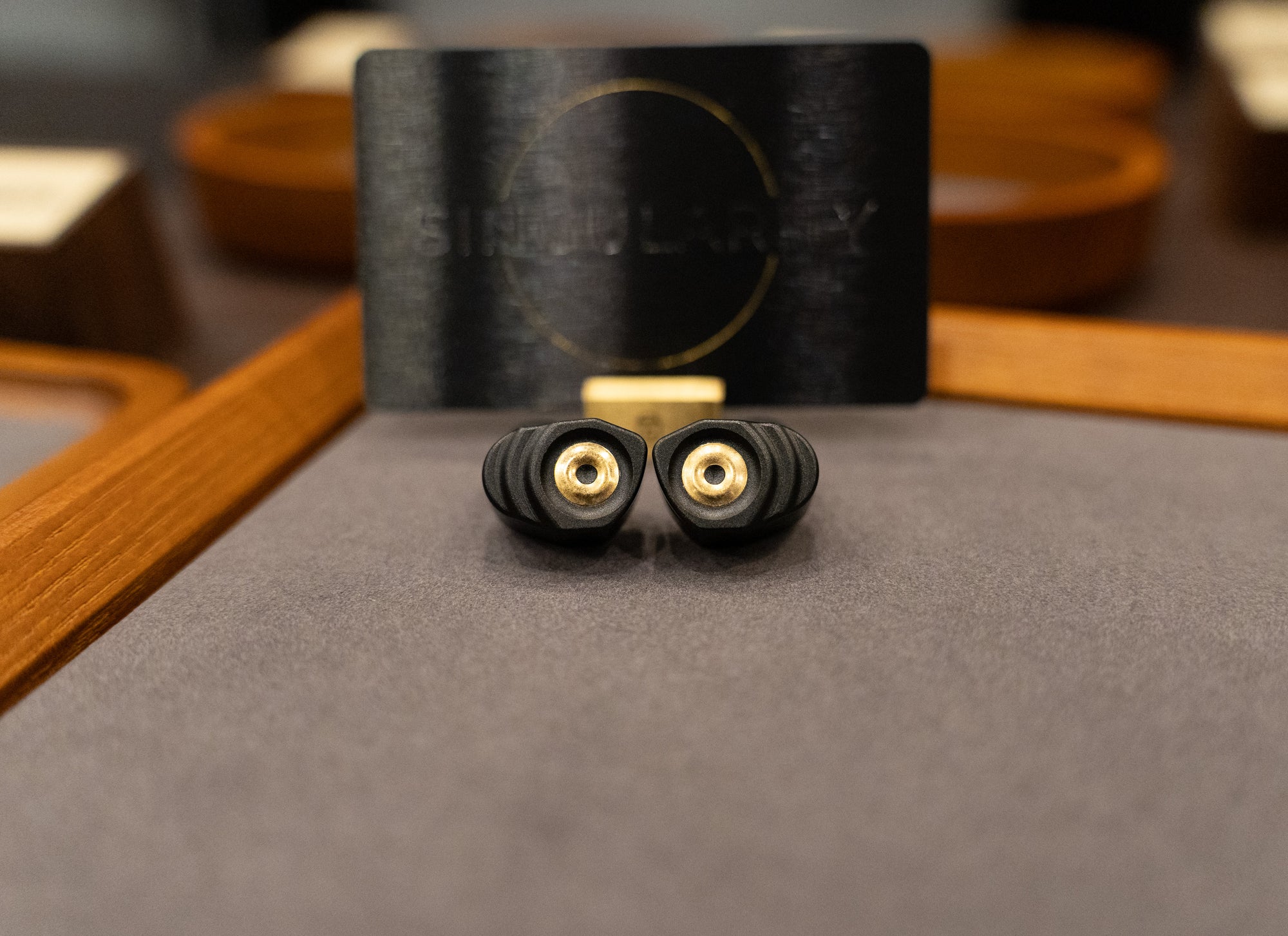
The Singularity is a single-DD IEM that illustrates a lot of the desirable qualities that listeners seek from dynamic driver IEMs. It has a large but controlled sub-bass shelf, a neutral midrange, and then a generally relaxed treble response. It’s quite unusual to hear a sub-bass shelf this strong on a DD and, because of the tuning, one can listen quite loud on the Singularity. Expectedly, for listeners indexing for coherency and timbre, the Singularity is a winner. The technicalities of the Singularity could still use some work for me, though: I had mixed impressions about the resolution (ranging from ‘this needs more’ to ‘this is totally fine’) depending on the source I was driving it off of.
In any case, I have to admit that I prefer the Doublarity. The Doublarity cranks up the level of bass even more compared to the Singularity (while still being very controlled); however, it also has some extra upper-treble to balance it out. As a result, transients have more ‘edge’ on the Doublarity vs. the Singularity while maintaining very good timbre. The Doublarity would definitely be my choice of IEM for listeners who want to lean into the ‘welcome to the club at home’ niche.
Nostalgia Audio
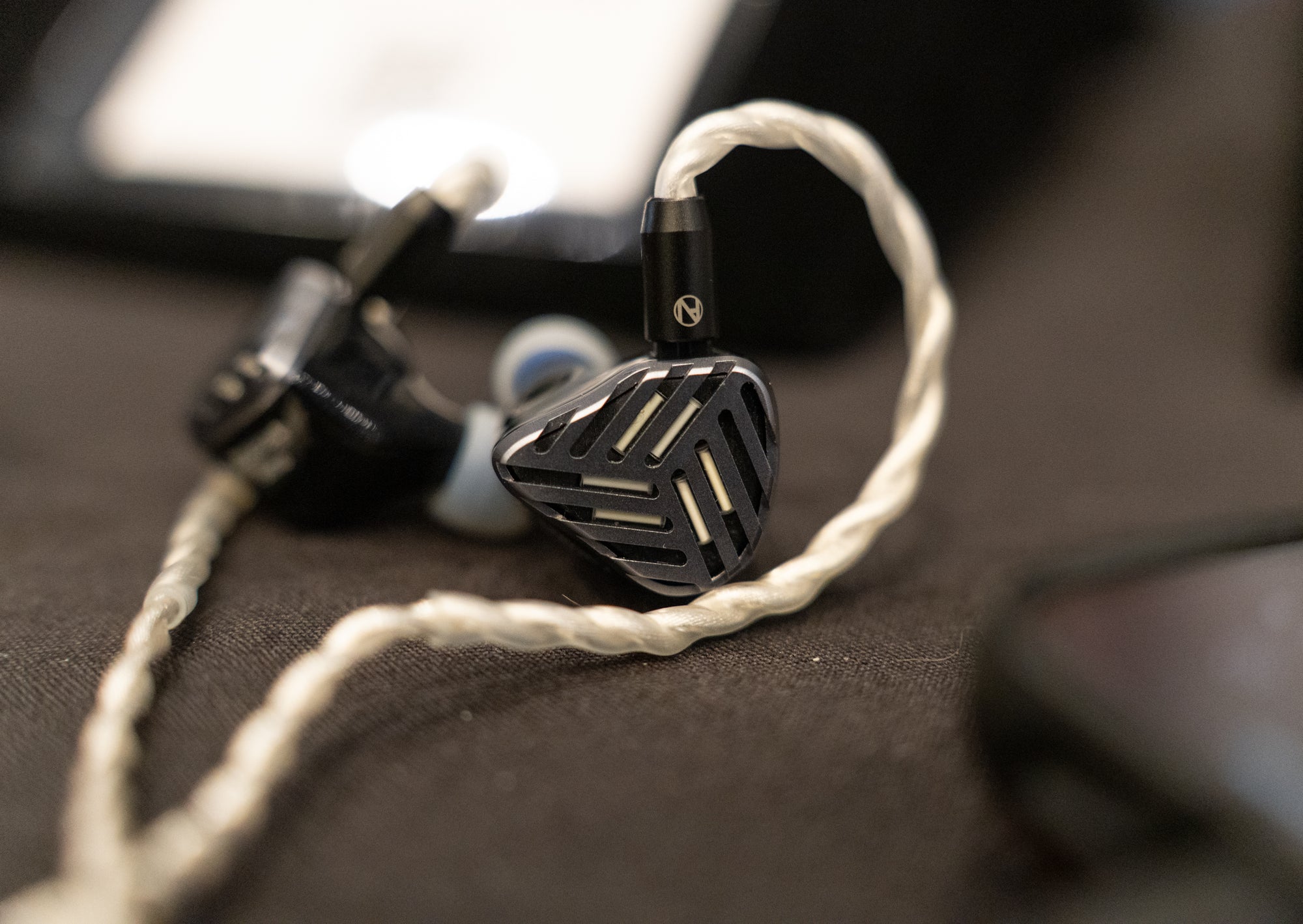
I heard several IEMs from this brand. The Tesseract was the first one I heard, and it did not set a good impression. It sounded like it had a thick lower midrange with quite a lot of bass bleed, an abrupt rise to the pinna gain at ~1.5kHz, and a focus on lower-treble. Overall, although the Tesseract’s tuning decisions might have benefited its imaging performance, this just sounded quite weird to me. The next one I heard was the Camelot. Like the Tesseract, this also had an odd pinna gain but this time with more of a focus on the mid-treble regions than lower-treble. The treble on the Camelot actually sounded pretty normal for the most part, but this wasn’t much better overall. Finally, the N12 sounded like a bad BA IEM from several years ago. This is the sense that it was quite mid-bass focused, had pulled back upper-mids, and dull treble. If I’m being entirely honest, none of these IEMs sounded remotely commensurate with their asking prices.
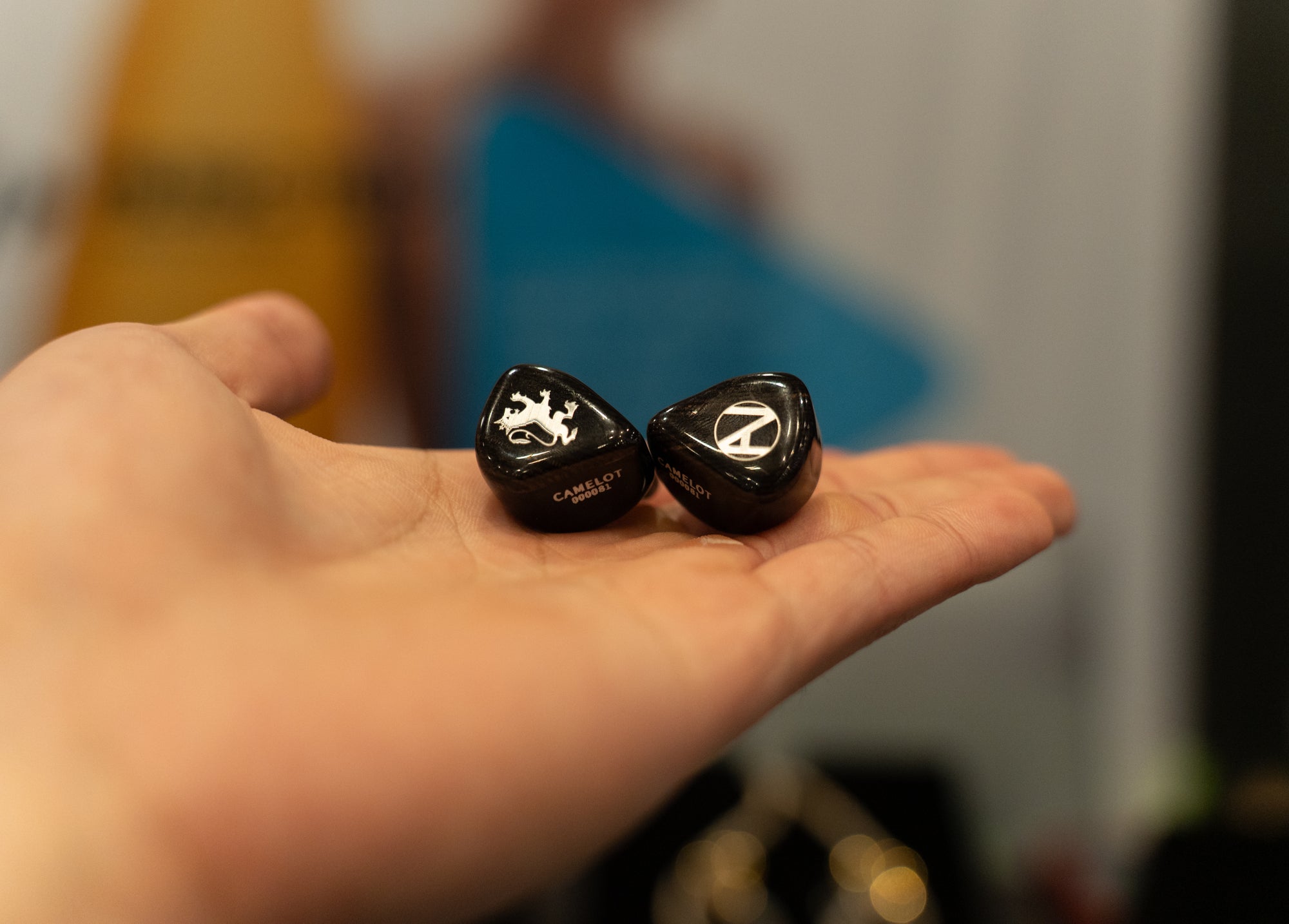
qdc Anole V6
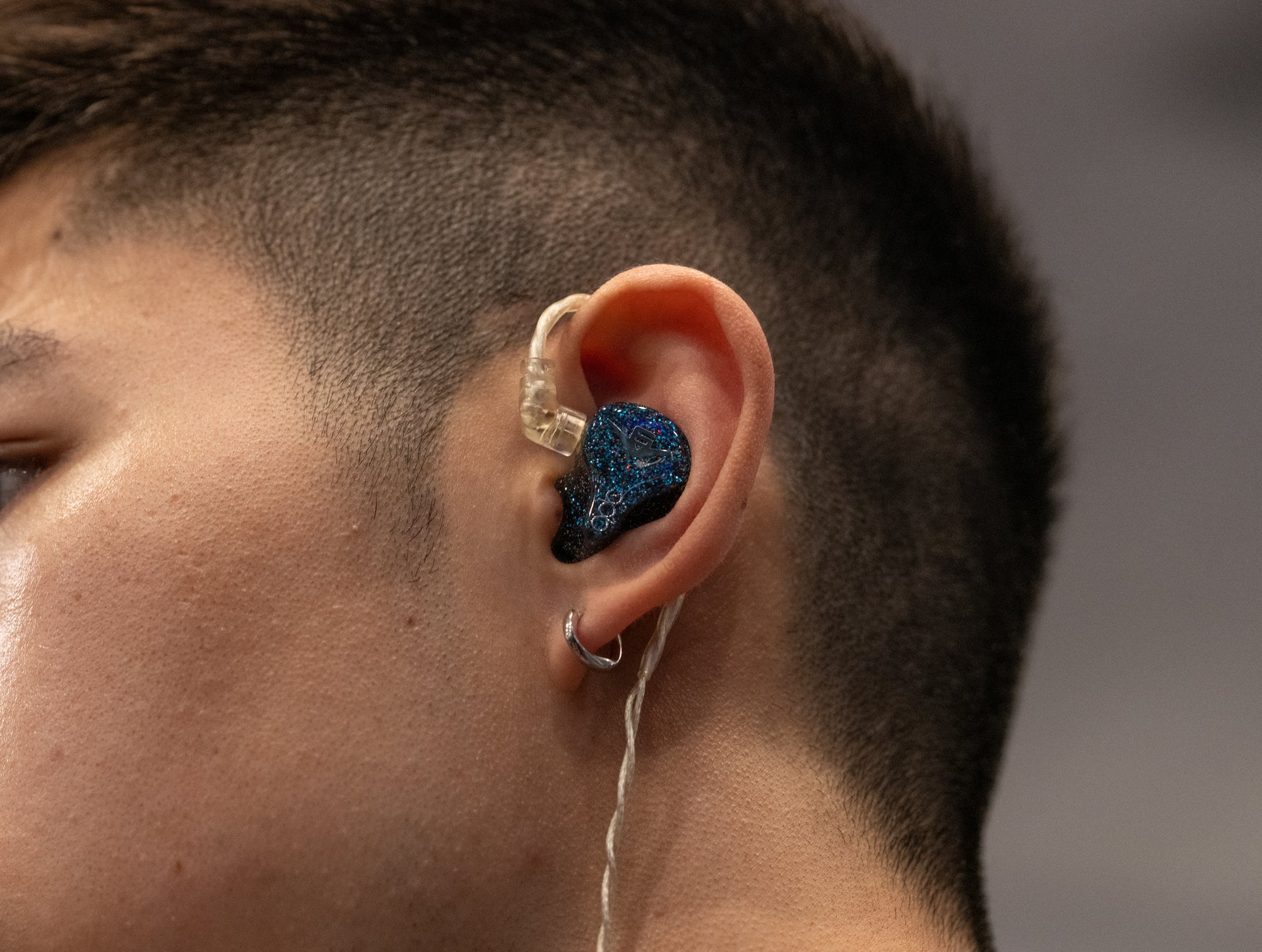
Well, color me surprised for actually liking this IEM given my previous dislike for the VX. The V6 sounds extremely similar to the DUNU SA6 but with some extra treble extension. This does kill some of the ‘wetness’ to transients that makes the SA6 so pleasing, but it also means that the V6 is a little more balanced and technical. The general tuning here is what I’d simply consider ‘neutral with bass boost’. The upper-midrange tuning of the V6 is somewhat unorthodox, but it’s one that facilitates smoother, louder listening. Likewise, there is a notch in the lower-treble at 5kHz to mitigate sibilance. I have to admit that I want this IEM even if the $1K asking price is more than I’m willing to stomach.
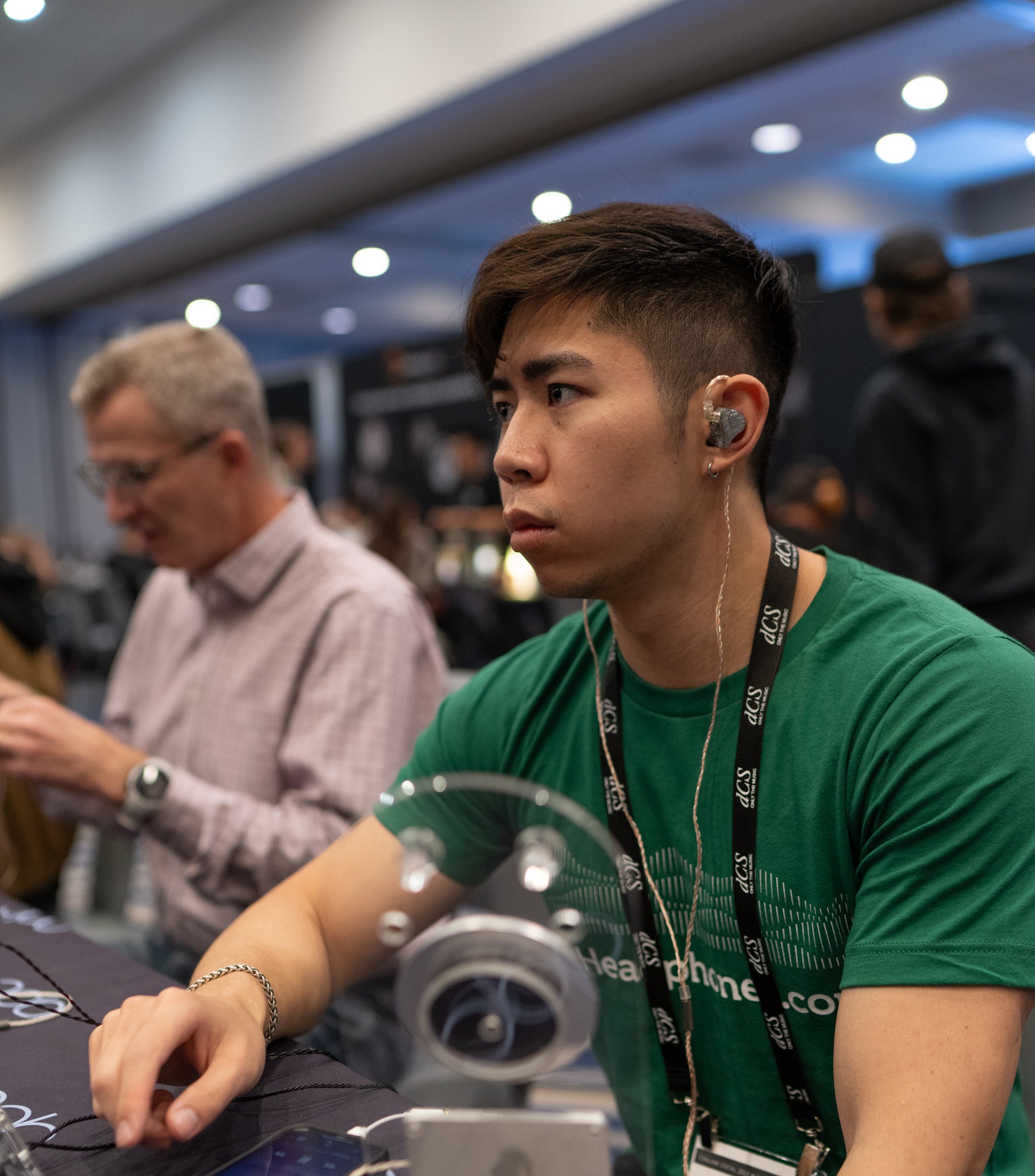
I also got a re-listen of the Anole VX: I think it’s better than I gave it credit for a couple years ago. This is in the sense that it’s definitely the most resolving out of the qdc lineup (against the V6 and 8SL/CL for example) due to its sharper sub-bass shelf and extra emphasis on mid-treble. And it’s not particularly plasticky sounding like I remember. But the treble is definitely an issue at times with a strange resonance to some synths.
SoftEars Enigma
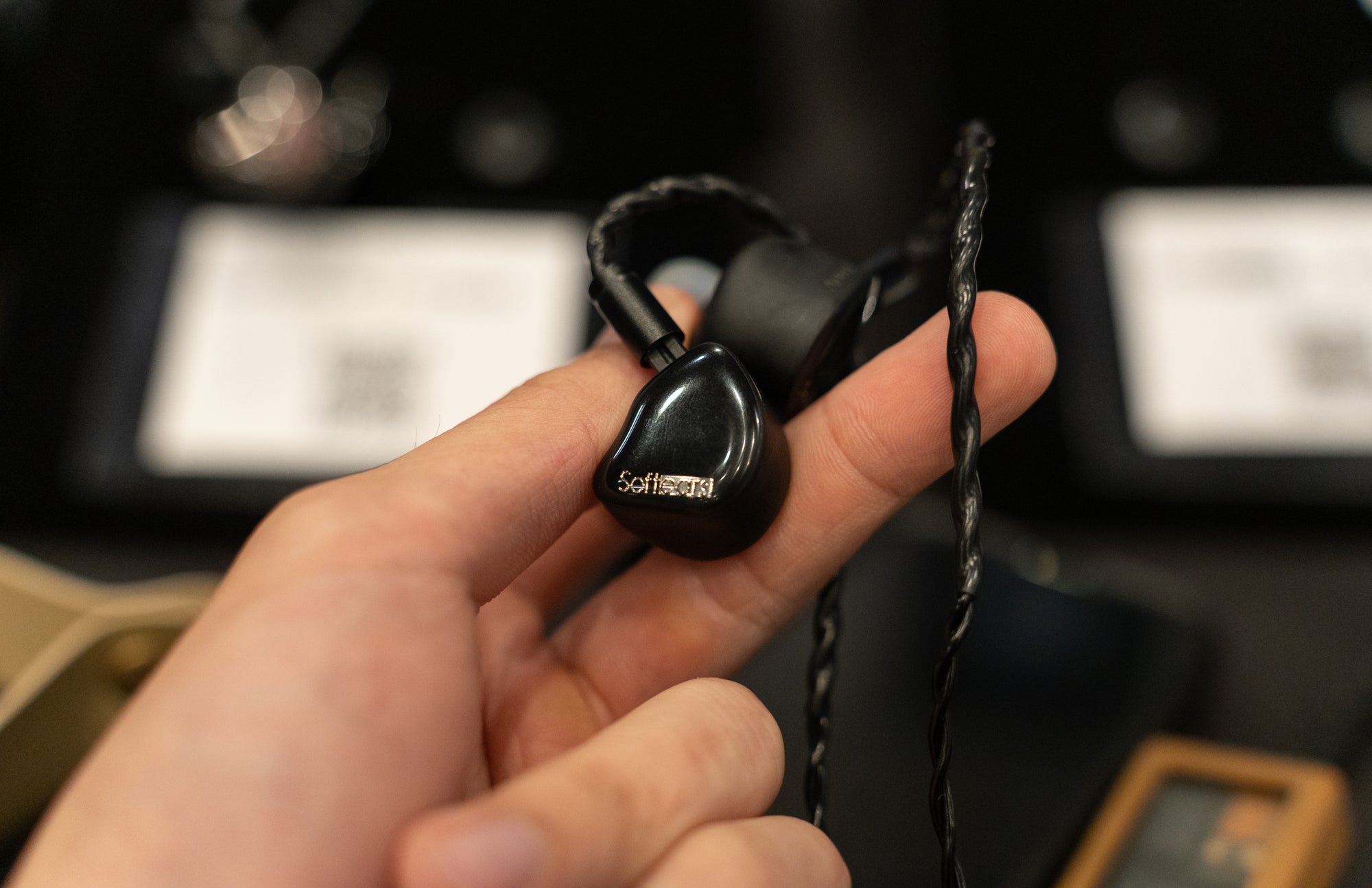
The Enigma basically sounds like the SoftEars RSV with a dynamic driver and some extra bass. For a little more context, the RSV is a well-tuned set that follows the Harman target with some tasteful modifications: a little less upper-midrange, softer lower-treble, and more treble extension. This all culminates in an extremely pleasing, well-rounded set. Now, the Engima is not bad, but the problem is that it is several times the price of the RSV and it doesn’t really sound better overall. There’s definitely some wispiness past 15kHz in the Enigma's treble that the extra bass doesn’t help with. Ultimately, this makes the point of this IEM something of an…enigma to me.
Subtonic
I was finally able to get some more extensive listening time on the Storm at this CanJam thanks to a friend. Stay tuned for the full review, coming soon.
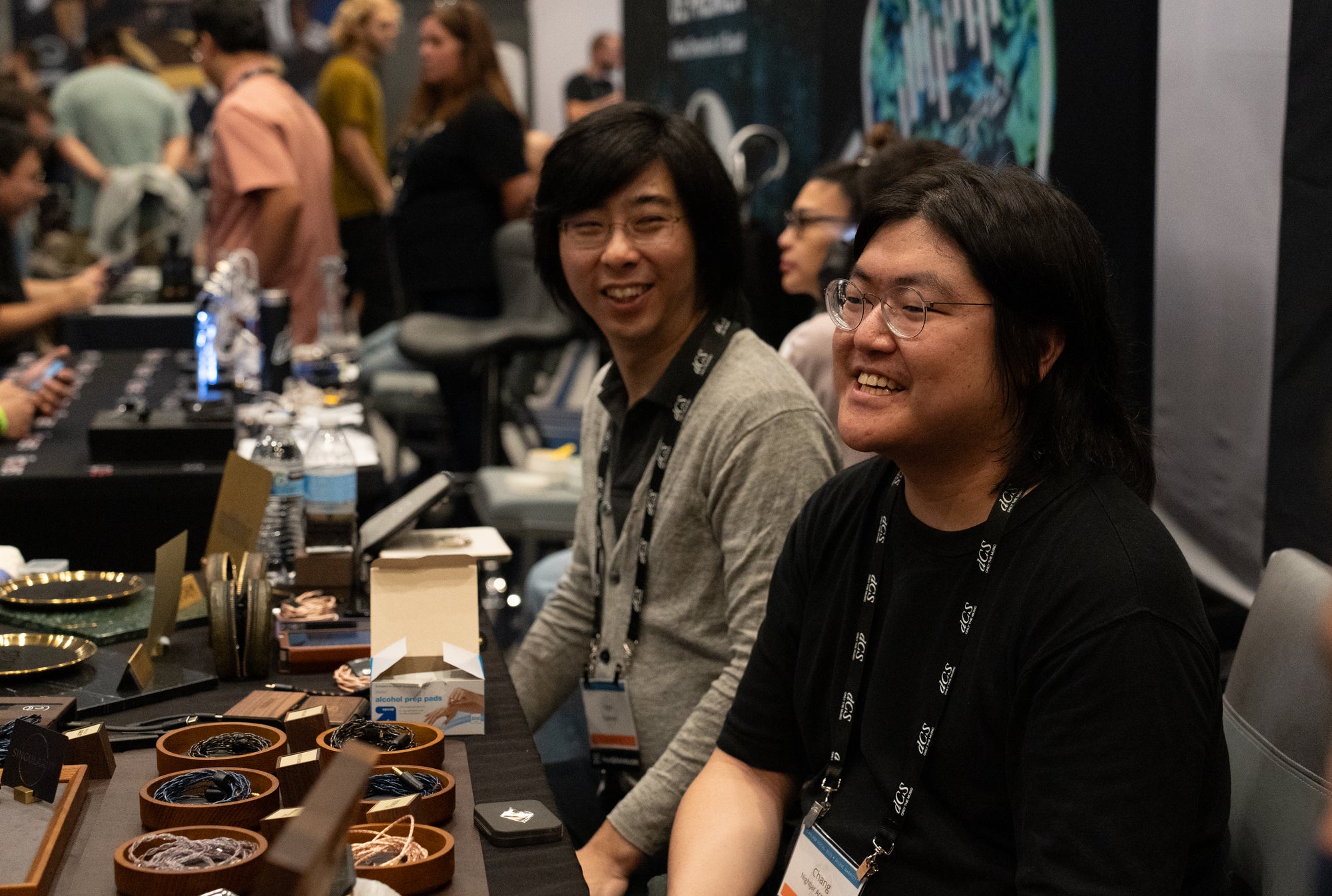
Symphonium Audio Crimson
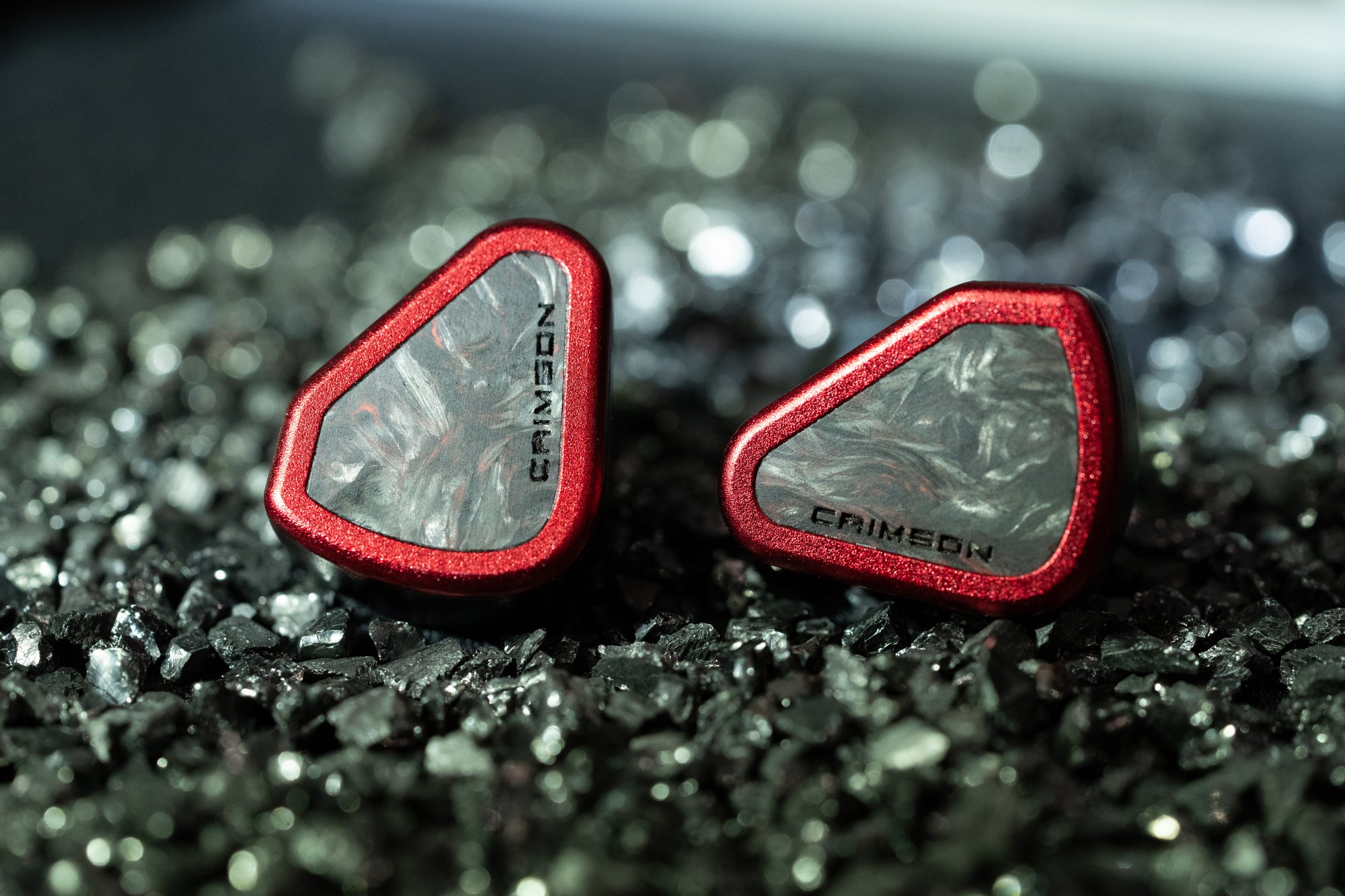
I heard this IEM recently while on vacation in Singapore, and this was my second time getting to hear it. The best way of thinking about the Crimson is like a Symphonium Meteor on steroids. The bass response of the Crimson is incisive like only BA bass can be, yet more impactful than it has any right to be for BA bass. The midrange of the Crimson has some refinement compared to the Meteor; it has more upper-midrange presence for more bite. The upper-treble is slightly contentious on the Crimson but the IEM does benefit a lot from tip swapping. Overall, the Crimson’s sound is highly colored yet undoubtedly delivers when it comes to technicalities too.
It honestly blows my mind that this thing sounds as good as it does with its 4BA driver configuration. Stay tuned for the full review.
ThieAudio Monarch MKIII
I actually heard these in Singapore, but I'll drop my thoughts here. It's no secret that I'm not the biggest fan of Thieaudio's Monarch series. I've found them to be almost 'superficial' sounding; they do some things well, but they've always had (at least to my ears) some hard to ignore flaws. However, the Monarch MKIII is at least an improvement over the MKII. It fixes the issues with the treble and maintains the great midrange even though the bass is still an issue. Overall, the MKIII is just a little harder to hate and I could definitely see it remaining a go-to option at the $1K price bracket.
TruthEars Nova
There were a couple units of Truthear's Nova on the show floor, and I was also sent one by Shenzhen Audio, so I can drop some impressions.
Basically, I don’t want to like the Nova because it epitomizes the ‘IEM cannibalism’ that the bottom of the industry is plagued by. It sounds a lot like the Moondrop Blessing 3 with more bass and less upper-treble. As a result, it’s not as resolving as the Blessing 3; however, the tonality of the Nova is arguably more palpable. Of course, I think it’s far from being a perfectly tuned set: it’s a little too upper-midrange and lower-treble happy for my preferences, the bass is pretty middling, and the mid-treble seems slightly dipped. But these are all nitpicks for $150; I think this is pretty reasonably priced and well-rounded.
Ultimate Ears
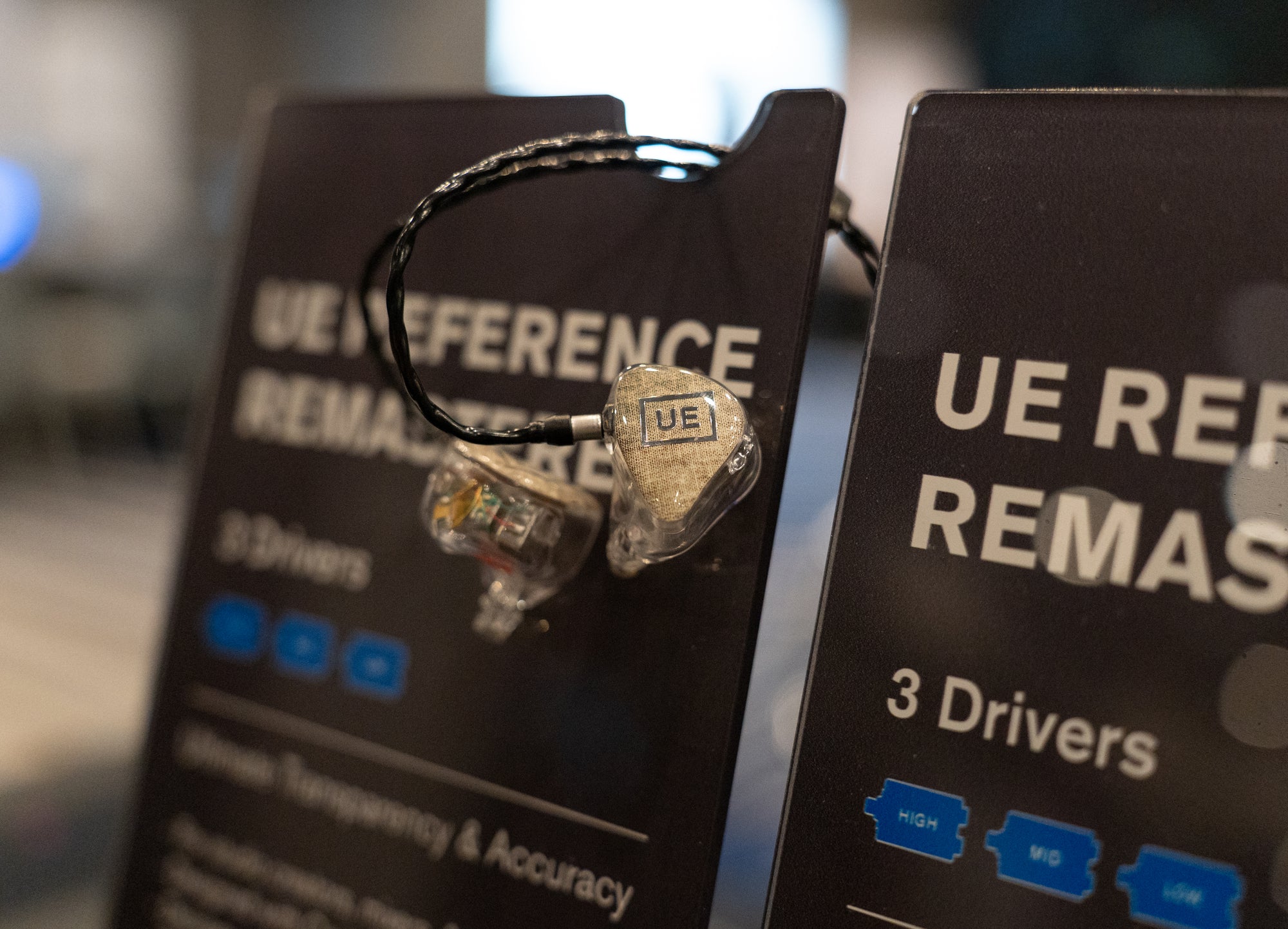
My favorite IEM at the Ultimate Ears booth was by far the Reference Remastered (RR). The RR has an interesting flavor of tuning. The bass response is dead flat, the upper-midrange is generally relaxed (the pinna notch is a little odd), and then it has about equal parts lower and upper-treble (somewhat similar to some implementations of 64 Audio’s tia driver). This results in a focus on the midrange which sounds relatively clear yet free of harshness. I don’t think the Reference Remastered is worth $1K in terms of sound quality, but it does offer a pretty unique style of tuning - executed relatively well - that I haven’t heard before. I can definitely see why a lot of audiophiles like it.
Now here’s where things start taking a turn for the worse. The UE11 Pro had massive amounts of bass bleed, the same scooped out upper-midrange, and then less upper-treble extension than the RR. The UE18+ Pro sounded closer to the RR but with all the wrong tuning adjustments: slightly more bass, slightly more scooped upper-mids, and less treble extension. I’m not really sure what was going on with these models; the only stipulation is that sound requirements for IEMs are often different for stage musicians than those for audiophiles.
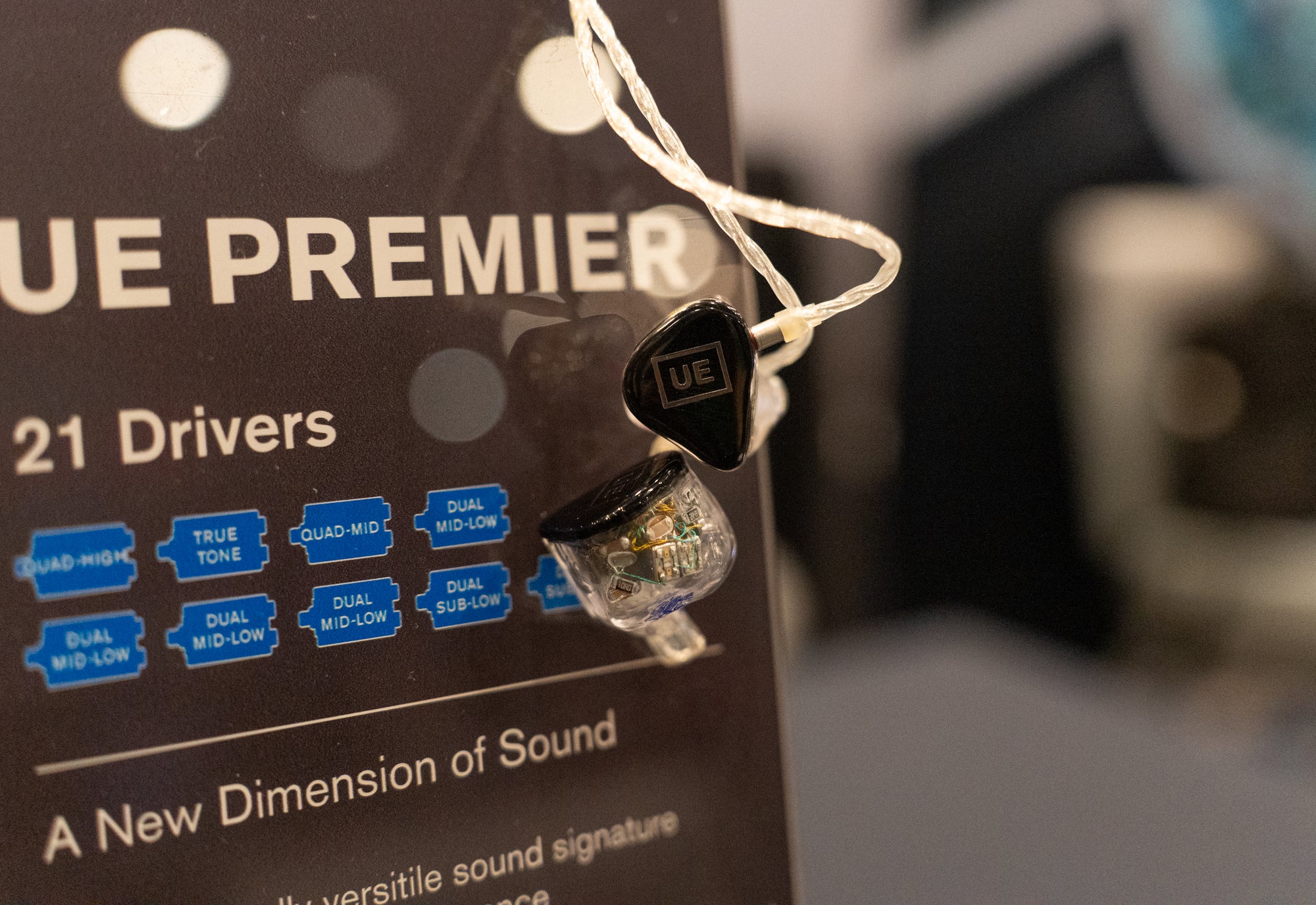
Finally, the Premiere was probably one of the most disappointing IEMs I heard at SoCal 2023. Like the other IEMs I just described, the bass on this was farty and overly boosted, the upper-mids were non-existent, and the treble was inundated by the bass. You might be thinking, “surely the technicalities were at least redeemable?”. But no, the Premier sounds plain blurred over and mostly muffled. Frankly, I have no positive way of describing the sound here: it is almost objectively bad because, while tuning is always subjective preference, you don’t need to nearly pay three grand to hear an IEM that sounds this bad.
Vision Ears VE10
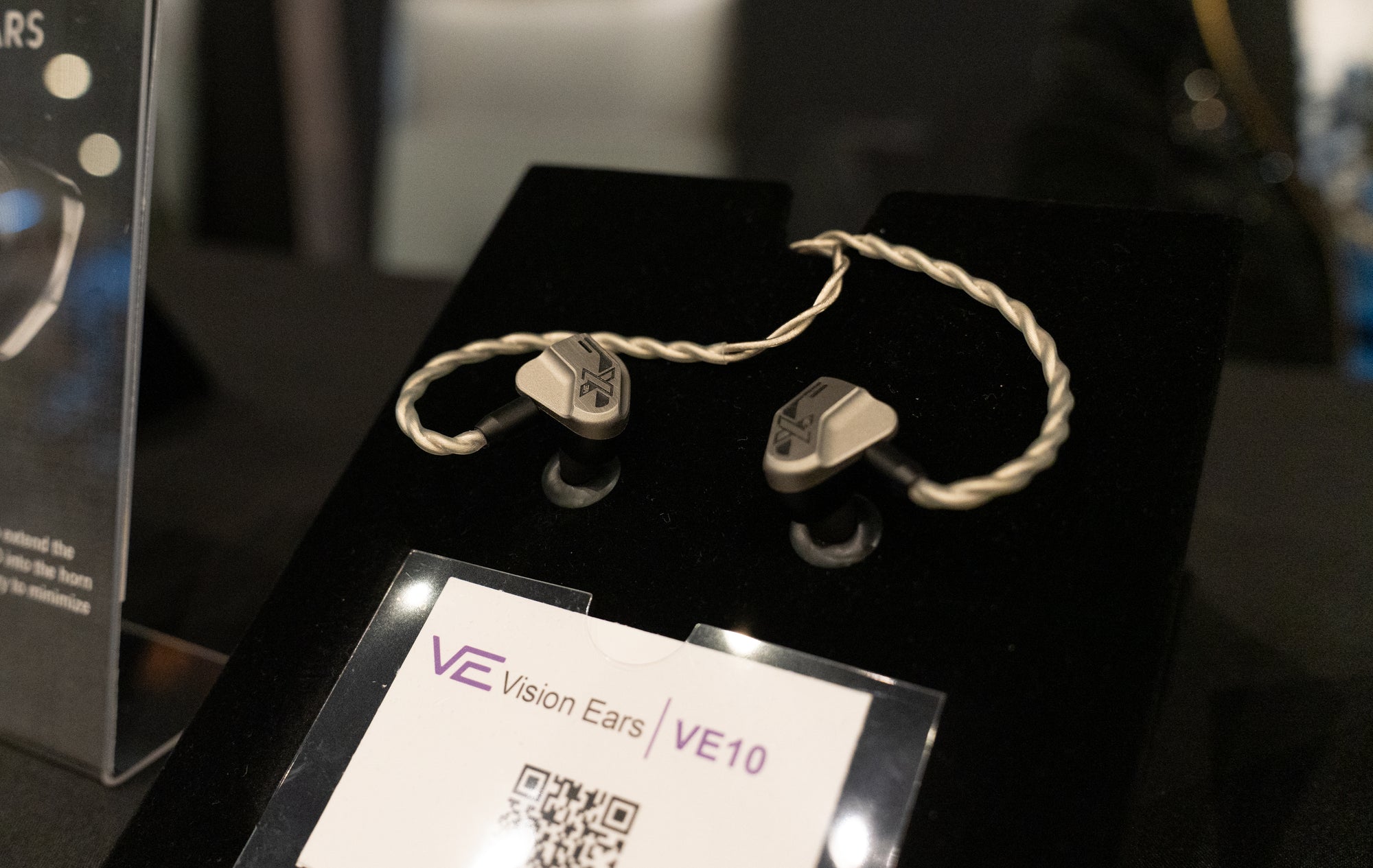
The VE10 is the latest hybrid from the German brand. True to its lineage brethren like the VE3/VE6/VE7/VE8, the VE10 captures a similar “warm and musical” ethos. By this, I mean a thicker lower-midrange, a more reserved 2kHz pinna notch, and a slight mid-treble emphasis. But as for whether the VE10 improves upon its brethren, I’d mostly say no. To my ears, it sounds like the VE8 with a DD jammed into the mix and not necessarily for the better. Unlike the VE7 (or something like the EXT), the VE10 is missing the treble extension needed to pull off the thicker lower-midrange. It ends up coming across as somewhat too soft and blurry sounding. Overall, the VE10 is a decent sounding IEM but difficult to justify compared to even the VE7.
Wrap-Up
CanJam SoCal 2023 was possibly the most exciting CanJam that I’ve been to yet, but not because of the gear. This time, it was definitely more about re-connecting with friends and the social aspect of the hobby.
As for whether I've become completely jaded to the gear, though, I don’t think that’s quite the case yet. There's almost always at least one IEM that makes me believe there’s still room to push the envelope, that there's something better. I'm eager to see whether this sentiment will hold up at future CanJams.

